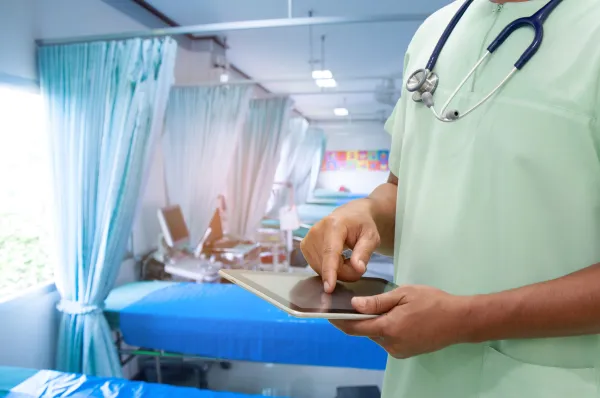Radiology Coding Alert
Reader Question:
Code ABI, Flow Velocity-Related Dxs as Signs and Symptoms
Published on Thu Jun 13, 2019

You’ve reached your limit of free articles. Already a subscriber? Log in.
Not a subscriber? Subscribe today to continue reading this article. Plus, you’ll get:
- Simple explanations of current healthcare regulations and payer programs
- Real-world reporting scenarios solved by our expert coders
- Industry news, such as MAC and RAC activities, the OIG Work Plan, and CERT reports
- Instant access to every article ever published in Revenue Cycle Insider
- 6 annual AAPC-approved CEUs
- The latest updates for CPT®, ICD-10-CM, HCPCS Level II, NCCI edits, modifiers, compliance, technology, practice management, and more
Related Articles
Other Articles in this issue of
Radiology Coding Alert
- Ultrasounds:
Sharpen Your Obstetrical US Skills With Key Rules and Guidelines
Test your knowledge with a challenging two-part example. Following up on the article presented in [...] - Code Cerebral Angiographies With Ease With These Pointers
The key is knowing what authoritative sources to reference. Interventional radiology (IR) procedures are intimidating [...] - ICD-10-CM Coding:
Take Your Cerebral Embolism Dx Coding to the Next Level
Know what symptoms are associated with each type of embolism. Sometimes, learning the nuances of [...] - You Be the Coder:
Reference NCCI Edits for Tissue Marker Placement with 38505
Question: Can I code for clip placement with an axillary lymph node biopsy? Also, the [...] - Reader Question:
Code ABI, Flow Velocity-Related Dxs as Signs and Symptoms
Question: On a complete bilateral duplex scan of the lower-extremity arteries, I am confused as [...] - Reader Question:
Know Guidelines on Post-Malignancy Mammogram Screenings
Question: We have a patient with a history of breast malignancy scheduled to receive a [...] - Reader Question:
Follow Payer Rules When Appending LT, RT to 77048
Question: Does CPT® code 77048 need a modifier indicating laterality? Oklahoma Subscriber Answer: As you [...]
View All




